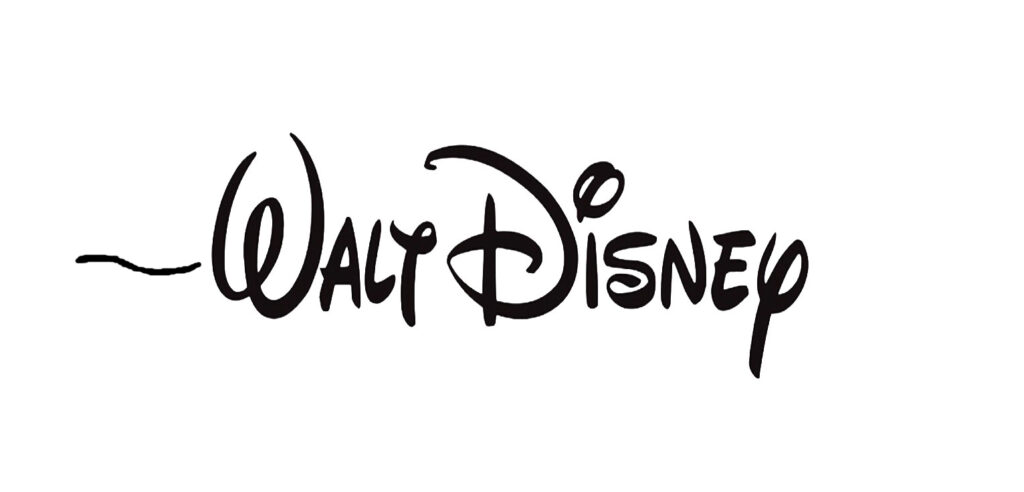Pinocchio Most Sumptuous of All
“What they can’t do these days!” exclaims Jiminy Cricket upon surreptitiously witnessing the Blue Fairy wave her sparkling wand and bring a wooden puppet to life. His direct address from the screen to the film’s viewers, almost unprecedented in animated cartoons, is an apt remark regarding not only the fairy’s miraculous magic itself but also its marvelous depiction in Disney’s next animated feature Pinocchio. In fact, the cricket’s profound amazement applies as well to the entire film!
In Walt’s version of Collodi’s classic tale, woodcarver Geppetto has costumed his latest creation, his “little wooden head” marionette Pinocchio, in a colorful Tyrolean-style outfit: a jaunty yellow red-feathered hat, pale yellow short-sleeved shirt, gold-trimmed black vest, big blue bowtie, red shorts and brown shoes. Lending Teutonic authenticity to this get-up is fancy blue-and-yellow embroidered basting down the outside of each pantleg. Throughout the film’s more than two-year production five artists were assigned solely to the task of painting this embroidery. Presumably they were also assigned to similar embroidery on Geppetto’s costume.
Otherwise it would have appeared different in various parts of the picture.[1]
This is just one example of the attention to minute details that makes Pinocchio the most visually sumptuous of all Disney’s animated features – and that’s surely saying a lot considering how beautiful all the others are! Also, a new special technique called “the blend” – never used again in any later Disney feature because of its cost – evolved from the application of rouge to Snow White’s cheeks on the front side of each cel depicting her.
“The blend” was accomplished by twelve ink and paint ‘girls’, who would use a variety of special paints and rouge to add depth, roundness and highlights to the [characters].[2]
Veteran animators Ollie Johnston and Frank Thomas, two of Disney’s revered “Nine Old Men” (his cadre of supervising animators named in reference to the bench of US Supreme Court justices), evaluate this 1940 animated classic thus:
Pinocchio is undoubtedly the most gorgeously intricate that ever will be done. Fantasia had more impressive scenes and visual surprises, but for richness of handcrafted detail, Pinocchio will never be surpassed.[3]
And Disney film historian J.B. Kaufman assesses the film thus:
The evidence is unmistakable on the screen: in Pinocchio Walt Disney presents his vision of the unlimited possibilities of animation.[4]
Upon the film’s initial 1940 release the New York Herald Tribune’s Howard Barnes (1904-1968) declared it…
“…a compound of imagination and craftsmanship, of beauty and eloquence, which is to be found only in great works of art.”[5]
The studio’s second animated feature is completely different from its first, Snow White, and a spectacular advance even over that already advanced predecessor! In addition to Pinocchio’s primacy in visual sumptuousness, Schickel describes it as
…the darkest in hue of all Disney’s pictures and the one which, despite its humor, is the most consistently terrifying.[6]
And Disney historian Neil Sinyard summarizes it thus:
Pinocchio is not a comedy with a few scary moments – it is rather a nightmare that is illuminated with a few flashes of humor. It is probably the most dramatic of Disney’s animated features, showing the possibilities of animation for dealing with primal human emotions and adult themes and yet for also involving audiences of all ages in its adventure. For sheer technique Pinocchio has never been surpassed.[7]
The film’s three serious villains – the puppet showman Stromboli, the child-trafficker Coachman, and the whale Monstro – are truly monstrous in every sense of that word: evil, massive and gruesome. The Coachman’s malicious visage – in close-up at the end of his conspiratorial barroom confab with lightweight criminal cohorts the fox and cat – actually warps into what can only be described as the Devil, himself!

The novel upon which Disney’s film is based is even “darker”! The puppet ends up getting lynched in Chapter 15, which was supposed to be the final word. However, the general public avidly following Pinocchio’s story in its original serialized form clamored for more and so the author brought his wooden protagonist back to life and continued his misadventures for another sixteen chapters!
[1] Thomas, Bob: The Art of Animation, Golden Press, Inc., New York, 1958, p. 154.
[2] From the American Film Institute’s Website.
[3] In their tome Disney Animation, The Illusion of Life, p. 271.
[4] In his Library of Congress article about the film.
[5] According to Schickel, Richard: op. cit., p. 198.
[6] Schickel, Richard: op. cit., p. 196.
[7] Sinyard, Neil: The Best of Disney, Portland House, A Division of Crown Publishers, Inc., New York, 1988, p. 44.
